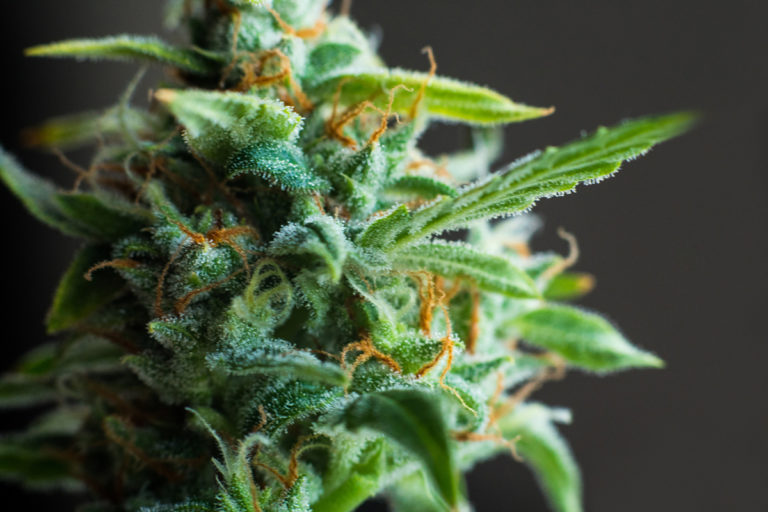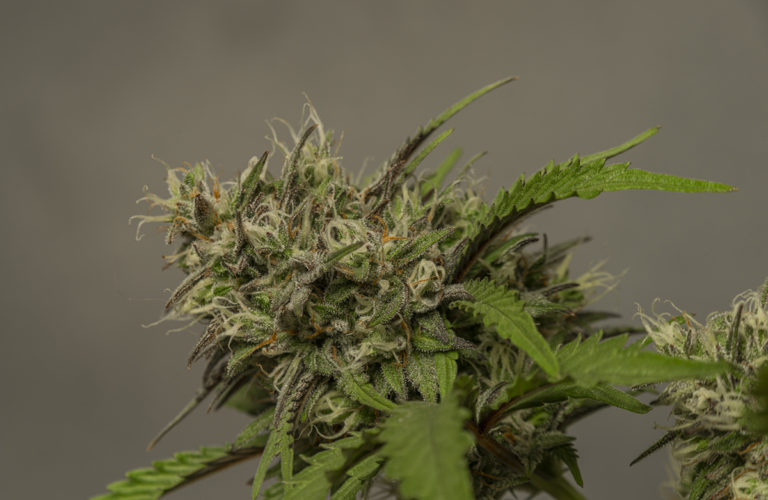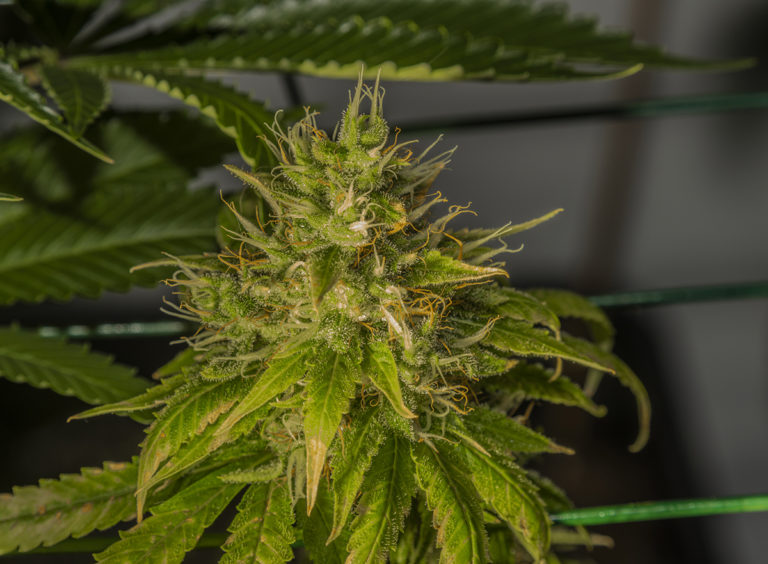Cannabis Strain Guide
Several kinds of marijuana are being offered on the market. But how do you know which one is for you? To help you navigate through this sea of options, here are the things you need to know about marijuana strains.
The Cannabis Plant
Cannabis is a flowering plant, all parts of which provide a variety of uses, some medical and some utilitarian. The seeds of the cannabis plant can be used as a food source. The stalks can be processed for use in creating paper, rope, and clothing. The medicinal properties of the plant are yielded through the use of the cannabis leaves, roots, and especially: flowers.
Although there are close to 800 different strains, according to the cannabis community, most people are familiar with three of the most common classification for strain types, which are: Sativa, Indica and Hybrid. Keep reading to learn more.

How do you choose a strain?
Since strains generally have unique characteristics and effects, choosing one for medical uses should be based on how it can affect the medical condition. Depending on the condition, some strains can be more helpful than others.
In the same way, the potential adverse side effects should also be taken into consideration. Some of the more generally expected side effects of marijuana-use include dry mouth, dry eyes, and dizziness. Marijuana may also react with other medication patients have taken or treatments they have undergone. Either way, it’s best to consult your doctor if you are interested in helping manage your condition.

Hybrid Strains
A hybrid is any combination of a sativa and indica cannabis strain. Most strains today contain a mix of the two, even if they are labeled more sativa or indica facing.
Expert breeders select the top sativa and indica strains and combine them to form super strains that retain the most desirable aspects from both parents. Hybrids can be sativa- or indica-dominant and have the effects to match.
They address a broad range of ailments ranging from physical pain to mood disorders.

Indica Strains
Indica came from the Indian Hindi Kush mountains and is generally believed to have a relaxing effect.
Indicas will leave you in a calmer, more comfortable space. The stronger characteristics of indica can alleviate body pains, relieve stress and induce sleep.
Indica strains can be very helpful to people with anxiety and arthritis, as well as those suffering the symptoms of Parkinson’s and Alzheimer’s disease.

Sativa Strains
Sativa originated in Central and South America and has been generally thought to be energizing.
Sativas are known to encourage creativity and stimulate cerebral engagement, often associated with an uplifting euphoria. These sativa-specific qualities have fostered a large daytime-use community amongst patients and adult-use consumers.
Sativa strains also offer relief from fatigue, headaches, and nausea, as well as benefit people diagnosed with depression.

What are THC and CBD?
Both tetrahydrocannabinol (THC) and cannabidiol (CBD) are compounds found in plants that are part of the Cannabis genus. These two compounds have similar molecular structure but have different effects on the body. CBD is mainly distributed as gummies, oils, gels, and extracts. Meanwhile, THC is known for its psychoactive property that gives the high feeling. Variations in the amount of these compounds present in a particular strain result in differing effects, including the degree of highness a person experiences. As such, in medical marijuana, these compounds are also associated with helping manage their own list of conditions.
According to Healthline, CBD helps with seizures, inflammation, pain, mental disorders, migraines, and depression. THC is commonly used for pain, insomnia, and low appetite. As for side effects, CBD typically has none. Even in large doses, the body usually tolerates CBD well. The only side effects that may present from CBD use is likely the result of the compound interacting with other medication. On the contrary, THC has temporary side effects like increased heart rate, dry mouth, red eyes, coordination problems, slower reaction times, and memory loss. It is important to note that neither of the two compounds can be lethal. When choosing the right strain, with the right amount of CBD or THC for your medical condition, it is important that you consult with your doctor and the marijuana professional at your local dispensary.
